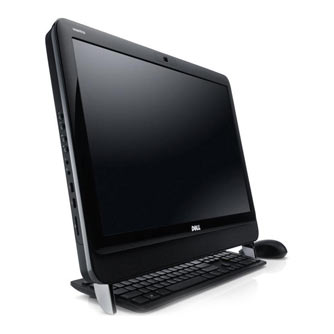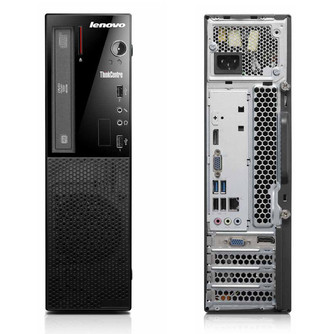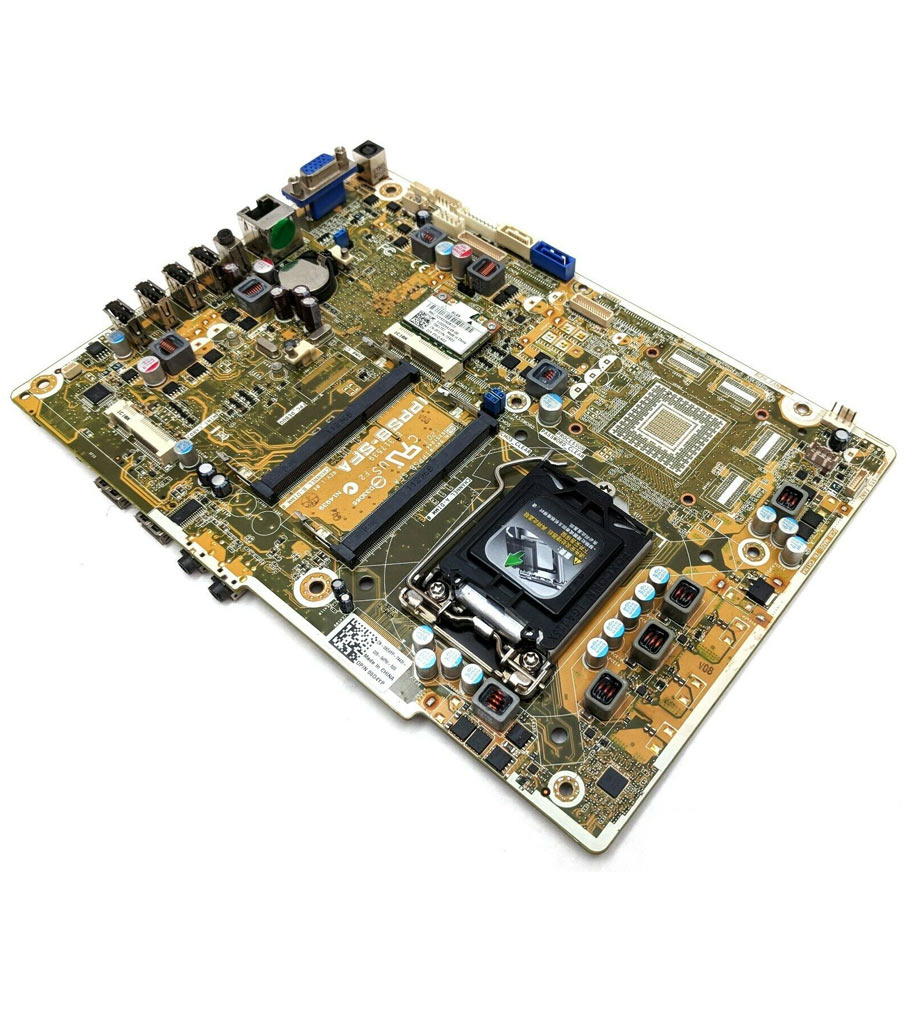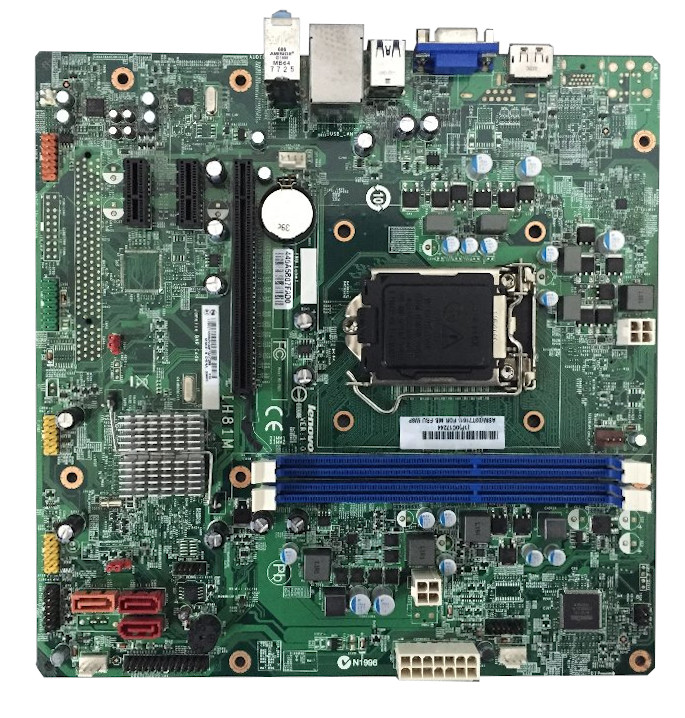Dell Vostro 360 AIO vs. Lenovo ThinkCentre E73 Small
Comparison and Differences
Differences between Dell Vostro 360 AIO and Lenovo ThinkCentre E73 Small
If you are looking for a more modern desktop, then you should go with the Lenovo ThinkCentre E73 Small which was released in 2013. The Dell Vostro 360 AIO is older and entered production in 2012.
Both models have the same form factor, meaning reoughtly they have the same phiysical size and form.
Processor
Usually the newer the generation of the CPU, the better the performance and efficiency is. If your budget allows it, you should go with the Lenovo ThinkCentre E73 Small as it is running a newer generation CPU. This is not to say that Dell Vostro 360 AIO is bad - it can still run some powerful CPUs, albeit being an older generation.
Memory
Both models have have equal amount of ram slots (2 RAM). Usually two RAM slots are more than enough for most cases. However, the count should be taken into account when planning how much and what combination of RAM you are going to need for your system.
The Lenovo ThinkCentre E73 Small is using the faster 1600 MT/s RAM. The Dell Vostro 360 AIO is slower by supporting RAM speeds of up to 1333 MT/s. Additionally, if you will be needing a lot of RAM, better go for the Lenovo ThinkCentre E73 Small as it has the ability to run 16 GB of RAM. The Dell Vostro 360 AIO can do a bit less at max 8 GB. Most of the times, this should be sufficient for the majority of users.
Ports
Both models have the same amount of USB ports for total count of 6. If this is not enough, using a USB hub is always a viable option. None of the desktop models has a USB 3.1 port (10Gb/s), so if you need a fast connection to your peripherals, like external Solid State Drive, you will need to look elsewhere.
Unfortunately, only the Lenovo ThinkCentre E73 Small has a DisplayPort. The Dell Vostro 360 AIO does not have one? Don't worry though, nowadays video adapters are cheap and you can get almost any combination of conversion types.
None of the models has an HDMI port. If your monitor supports only the HDMI interface, you will need to buy an adapter. Such adapters are cheap so nothing to worry about.
SATA ports are placed on the system board and it is where you connect your HDD, SSD and Optical Disk Drives. More SATA slots will allow you to have more drives running at the same time. In this regard the Lenovo ThinkCentre E73 Small is better equipped as it comes with 3 SATA slot(s), while the Dell Vostro 360 AIO has 2 slot(s).
M.2 SSD interface allows you to transfer data with higher speeds compared to the old SATA interface. Unfortunately, neither the Dell Vostro 360 AIO, nor the Lenovo ThinkCentre E73 Small has one. However, you can still use a SATA SSD drive which should give you satisfactory performance.
Make sure that the available M.2 slot supports the PCIe (also called NVMe) interface. This is important as there are M.2 slots which support only the inferior SATA III interface. For comparison, the SATA III interface has max speeds of 6Gb/s, while the PCIe 3.0 x4 will support speeds up to 32Gb/s!
Power Supply
Looking at the Power Supply Unit (PSU) of the two models we don't see any differences. For either of them you get a maximum power of 180 Watts. However be careful, many models have more than one power supply option. When buying your computer, it is a good idea to get a version with the most powerful PSU. This will potentially allow you to upgrade to a more powerful GPU for example.





